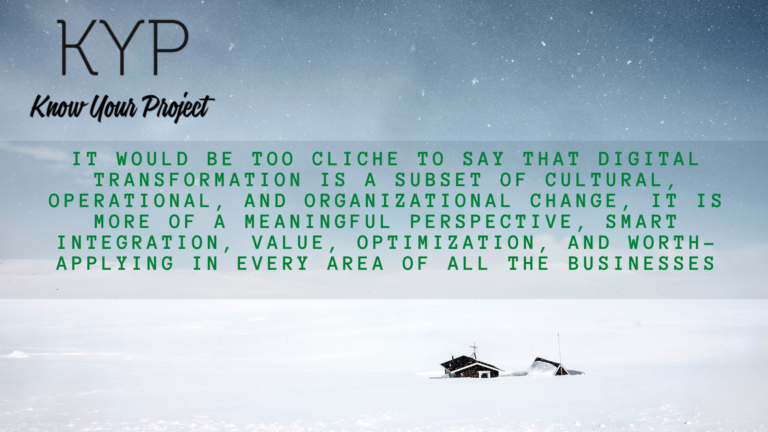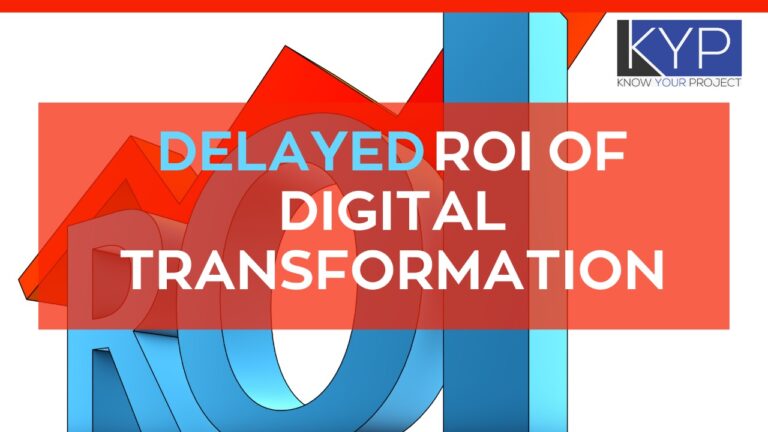The Unskippable: Change Communication for Digital Transformation
Series: From the five critical factors of digital transformation #5CritialFactorsofDX 2/5
After The tale of two O’s: orientation and organization we came to this conclusion that fixing Internal Communication is not as easy as you read, so if not “this” then what would work? What does Digital Employee Experience truly mean? And, why Internal Communication is so important?
Transformative communication is one of the critical factors of DX, the language of gesture, the reason for consistent performance, and a winning approach for every small, medium, and big organization. It’s a power of playing man and mind that most of the leaders prolonged to learn and implement.
“You can buy highly expensive technology, reposition best servers, hire the best employees in the world but you cannot buy communication neither promised productivity.”
In this blog, leaders, accomplishers, decision-makers, and big c-suite executives will know that they must demand outside help to go-global at a startling pace, which, cannot be skipped.
Why We Do Not Like Any Change?
Being human, we do not like change, and it’s not our fault. We have different ways of work, nature chaos, and we are working well in our already existing routines. But change is coming, chasing, waving at us, and staying in denials perhaps won’t help.
“Howdy pals! I’m digital and I’m here to design you.”
We know what is digital transformation, how technology and digital transformation integrates for traditional problems, enables creativity, innovation, and a strong grip over uncertain consequences. But not without human intervention.
If people living under one roof are not happy with each other, do not talk, unknown to what’s happening around then the home will more feel like a robotized prison; someone is present but not soulfully attentive. The same goes for organizations, when the workforce out there burning their minds, providing their sweat and blood to the company is not happier with the upper hand, plans, and the changes then the progress will badly collapse.
So, should we go back to the grumpy old communication methods?
Absolutely not, running away or disguising is not a solution, however a little change in communicational methods; it may not make them agree with you but would ensure 100% job success score. Effective Internal Communication can build their trust and keep them stand for your business objectives.
Out of blue, have you ever thought what if they leave you all alone in dark with all your digital initiatives? Employees either make your entire strategy workable or ambush you at risk, mercilessly!
What Does Digital Employee Experience Truly Mean?
“Technology can be used effortlessly, as easier as breathing if learned right.”
Digital Employee Experience (DEX) is a collective quality of user interactions. DEX over-powers the employee with new-age tools and exposes them to how their jobs can be done in fast-forward hours with a simple tech. Issues like, slow computer, app crashes, outdated software, and filthy network connection can affect DEX.
Everyone expects a smooth experience and such problems are hurting their performances. Last year, around 26,000 lost their jobs due to backlogs, barriers between levels, and communicational misunderstandings. Which is unsettling and unjust!
The Kick-Steps to Success Internal Communication for Digital Transformation:
1) Diversify the culture: According to Gallup, only 13 out of 100 percent of workers worldwide are happy and overly engaged at work. Involving your employees with updates and information is a step-up.
2) If your workers are disconnected and neglected by your introduced initiatives and decisions then your digital transformation strategy is failed. It is not like telling them only, it is to let them speak and own their roles, exclusively.
3) Employees are not voiceless: “engaging with initiatives” strategy will make them feel valued and respected.
4) Meet the people where they are, sit in their shoes, and consume the information the way they consume it — after that, you won’t be unapologetic anymore.
5) You cannot reach all of them but offer your ears every time they have concerns and questions.
6) Build a workforce communication platform, unlike the traditional ways, reach out to them via their preferred suitable channels. In today’s world, communication requires an omnichannel approach. For example, some workers are anti-phone callers, so they prefer messages via mobile app, some don’t use social handlers so they prefer emails, while others may prefer different options.
7) Keep “accessing the information” easy peasy, create guides, video tutorials and share updated documents for quick resolutions, this way, they will not have to bump heads into each other’s whenever an issue is occurred.
8) Teach them about cyber security, phishing, new software, tips on how to manage issues when stuck, and IT support.
9) Expand their knowledge base, collaborate, and spread important messages to keep your employees up-to-date in a loop. The information can be based on maintaining ethics, social-distancing, discipline or can be on current high-priority tasks.
10) Introduce rapid IT solutions and optimize communications from scratch. Ask for opinions and perform critical analysis.
Score 10/10 In Below Asked Questions “or” Hire a Consultant
- You are happy with the new adaptations but are your employees happy?
- “Don’t teach us” or “we need to learn.” Which one is you?
- Straight forward action or empathy before action?
- What it is likely to manage alone with half-empty desks, switched off screens, and a bundle of resignation letters?
- Do you know what employees want?
- Do the departments have a mutual understanding and interests or there is a conflict?
- Are you done with the meeting with all the respective departments, do they know that tomorrow will be a new digital day?
- Are they aware of your decisions?
- Can they easily connect with you in case of any complaints?
- Who will help your employees to get along with modern-communicational gadgets?
We are not surprised if your answers say otherwise, old-age companies are still buried under inefficient workflows, tons of paperwork, and complex perspectives, while face-to-face communication might be drained out, but using a great human vision is something you cannot drop for the world.
Let your employees say that “agree to disagree but we respect your decision” by following these above-mentioned steps and taking help from professional project managers as, without them, the steps are more of a blind-bullet — one wrong shot and it backfires you!
“Except forcing, consultants can reshape your DX and DEX with clear actions, training, attributes, and sweet tongue.”









4 Comments
Comments are closed.